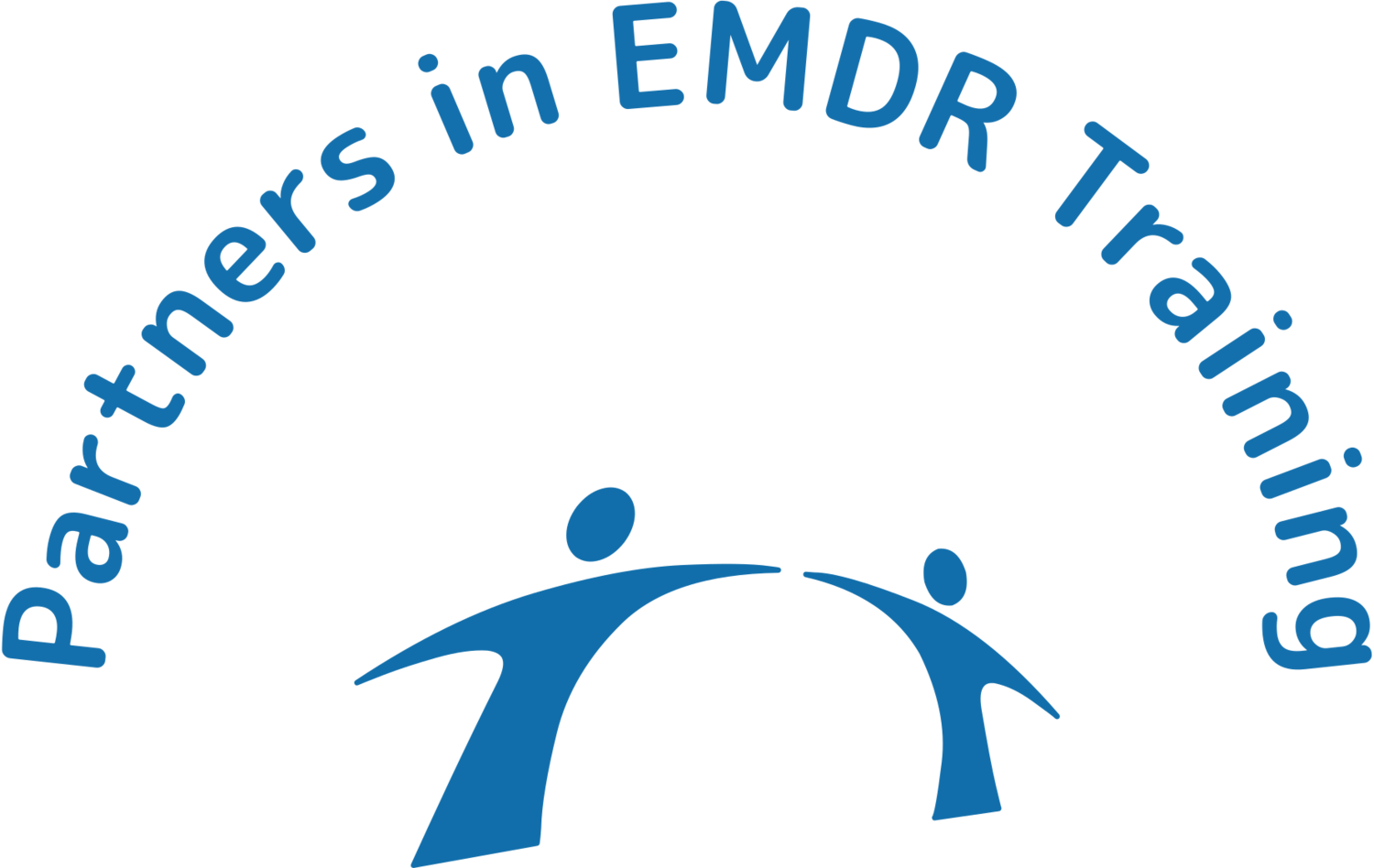Getting Started Part II
Over the past few weeks, our goal has been to help clinicians feel more comfortable, doing EMDR virtually.
Now that you know how to introduce your clients to bi-lateral stimulation, we want you to know what to do next.
You are always in Phase I. We are always working on our relationship with our clients. We are constantly learning new things about our clients, and experiencing what it is like to be with them as our relationships continue and grow.
Phase I is almost like an umbrella, keeping us close, safe and helping us to remember to pay attention, attune and stay present.
A big part of Phase I is building a strong case conceptualization, asking yourself: What is going on? We do this by using floatbacks, and other strategies to understand how the past has become our clients’ present and future.
Speaking of past trauma and doing floatbacks can be difficult for clients.
So we recommend that you do Phase II before Phase I.
With every client, take the time to build a container, and do Safe/Calm place or other settling interventions.
The work by Catharine Lidov is brilliant. She offers classes on the body and EMDR. If you get a chance, please take one of her courses.
Your job is to help the client feel a sense of safety when with you. You want to recognize what your client does and looks like when present and oriented. Lastly, your client benefits from learning to shift from a sense of safety, to a small sense of distress and back to safety while with you.
Because we are doing this virtually, trust that you can take your time. Pull up close to your computer. As your clients experience safety, ask them what they notice in their body. How do they know they are safe? Discuss what you noticed. You may seen shoulders relaxing, color come back to lips, cheeks, or under their eyes, rates of breathing decrease or increase, a change in posture as people sit up or relax. Check out the small micro movement both of you noticed. This helps people attend to what is happening to them, so these small yet vital changes are acknowledged and held, so they can become building blocks to bigger changes.

